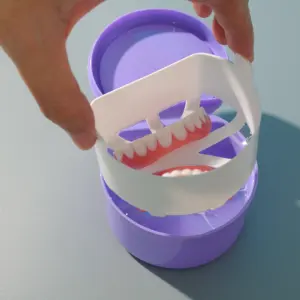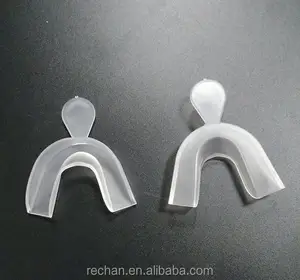

Răng miệng hộp bảo vệ răng giả nha sĩ giữ răng biểu tượng tùy chỉnh răng giả hộp niềng răng trường hợp


Bán Sỉ Khay Đựng Miệng Bằng Nhựa ABS Chống Nước Châu Âu Hộp Đựng Răng Giả Hộp Đựng Vệ Sinh Răng Giả Có Khe Cắm


Nhựa Đầy Màu Sắc Vô Hình Lưu Trữ Aligner Nha Khoa Hàm Răng Giả Lưu Trữ Hộp Răng Giả Chỉnh Hình Niềng Răng Lưu Trữ Trường Hợp


Sang trọng răng làm trắng máy cài đặt sẵn Miệng khay Phát Ngôn chuyên nghiệp dẫn răng răng làm trắng Bộ dụng cụ


Hàm răng giả lưu trữ trường hợp nha khoa chỉnh nha lưu giữ hộp bảo vệ miệng container supplie Khay nha khoa Nguồn cung cấp



































 浙公网安备 33010002000092号
浙公网安备 33010002000092号 浙B2-20120091-4
浙B2-20120091-4